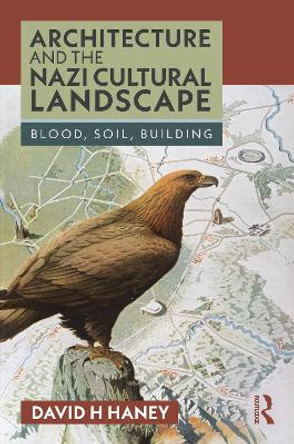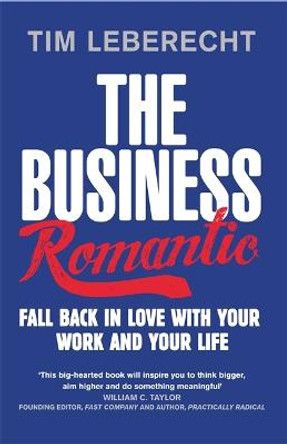Description
Winner of the Elisabeth Blair MacDougall Book Award 2013 presented by the Society of Architectural Historians
Today, contemporary landscape design is increasingly drawing from ideas of sustainability and ecological stability. Not in fact new, the foundations of this approach stem from early twentieth century Germany, where architects and planners were already beginning to use the design concepts which are now referred to as "green".
This ecological school of thought was driven by modernist landscape architect Leberecht Migge (1881-1935). Working with significant modernist architects of the age - including Martin Elsaesser, Ernst May, Bruno Taut, and Martin Wagner - Migge was responsible for some of the most important housing and planning projects of the age; the mass housing settlements, or Grosssiedlungen, of Frankfurt Main and Berlin.
Using "biotechnic" principles to integrally link dwelling and garden, Migge was able to recycle household waste to grow foodstuffs through the use of innovative infrastructure and open space planning. Also a skilled park and garden designer, he drew together green and architectural elements in his "garden-architectonic" approach.
David H. Haney's book is the first to fully document Leberecht Migge's life and work. Using Migge as a starting point, Haney addresses conceptual and theoretical aspects of German ecological design, challenging conventional assumptions about modernism and ecological design history. With 200 illustrations and photographs, When Modern Was Green is ideal for students and academics interested in modernism, landscape history and higher level German studies.
About the Author
David H. Haney is a lecturer in the School of Architecture at the University of Kent, UK. He studied architectural history and theory in the Yale University graduate program in architecture, and received his PhD in architecture from the University of Pennsylvania. His research interests center on the relationship between landscape and architecture, and the history of ecological design. This work is the result of five years of research undertaken while living in Berlin.
Reviews
"...the book can already be confidently described as the standard work of garden art research." - Sehepunkte
"David Haney's analysis of [Migge's] work and theory is thorough and well researched, with no source left unexplored. Not only does he achieve his aim of setting Migge's work in the context of modernism, but explains his tortuous pursuit of a third way between modernism and conservatism, which Migge more or less achieved." - Dr. Janet Waymark, Landscape Journal
"...the book can already be confidently described as the standard work of garden art research." - Sehepunkte
"David Haney's analysis of [Migge's] work and theory is thorough and well researched, with no source left unexplored. Not only does he achieve his aim of setting Migge's work in the context of modernism, but explains his tortuous pursuit of a third way between modernism and conservatism, which Migge more or less achieved." - Dr. Janet Waymark, Landscape Journal
Book Information
ISBN 9780415561396
Author David Haney
Format Paperback
Page Count 360
Imprint Routledge
Publisher Taylor & Francis Ltd
Weight(grams) 380g






